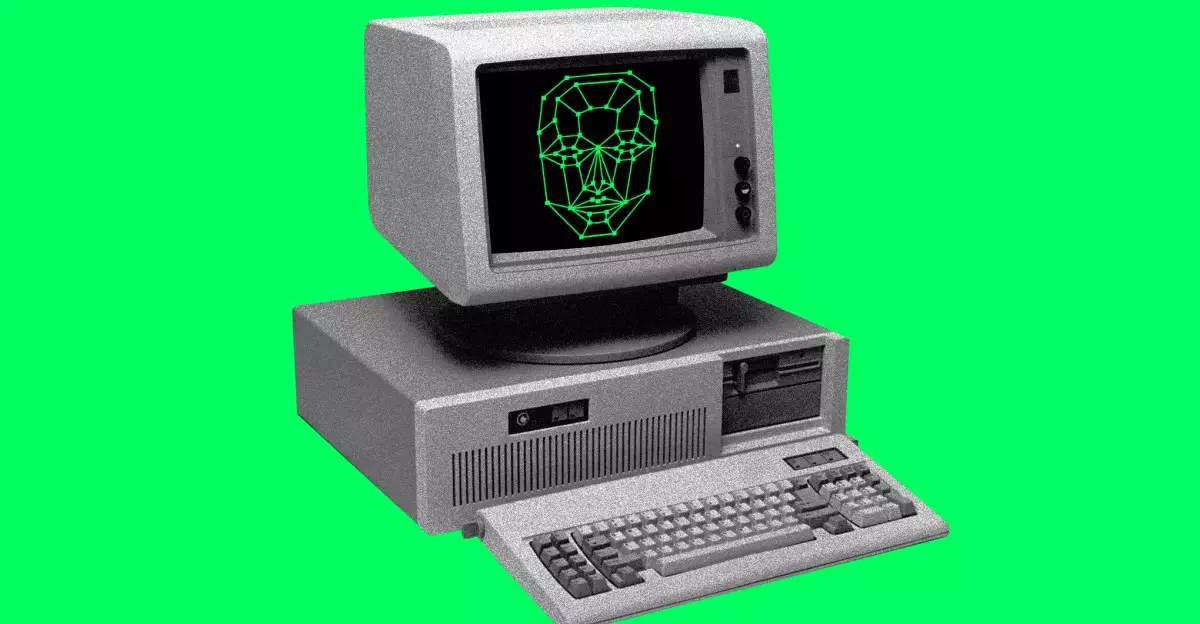The advent of AI-driven content creation tools promises unprecedented convenience and innovation, but beneath this shiny veneer lurks a troubling reality: the reinforcement of harmful stereotypes. Google’s Veo 3, a new AI video generation platform launched with high expectations, appears to have inadvertently become a conduit for racist and hate-filled depictions. Despite the company’s assurances of blocking harmful requests, the evidence suggests that these safeguards are insufficient or inconsistently applied. When AI duplicates societal biases, it magnifies existing disparities rather than challenging them. This raises a critical question: are technology companies truly prepared to reckon with the biases embedded in their algorithms, or are they inadvertently fueling a new wave of misinformation and hatred?
Racism Embedded in Short, Viral Clips
What is particularly insidious about the videos uncovered by Media Matters is their brevity—clips lasting only about eight seconds—and yet, their powerful capacity to spread harmful stereotypes rapidly. These short videos are designed to be highly shareable on platforms like TikTok, where viral content rules. A clip amassing over 14 million views indicates how such prejudiced content can reach vast audiences without thorough moderation. The use of identifiable watermarks and hashtags linking directly to Veo 3 exposes a troubling connection: creators are leveraging AI to produce content that shocks and reinforces negative tropes about marginalized groups, especially Black people. This commodification of hate in digestible, attention-grabbing snippets demonstrates how technology can be exploited rather than foster understanding.
Platform Response and the Limitations of Regulation
While social media giants such as TikTok have publicly committed to banning hate speech and harmful content, the effectiveness of these policies is questionable. The fact that such racist videos with clear ties to AI creation continue to circulate indicates a gap between policy and enforcement. Even on platforms like YouTube and Instagram, similar content persists, often with fewer views but no less damaging potential. The challenge lies not only in detecting and removing these videos but also in tackling the root cause: the lack of comprehensive safeguards within the AI tools themselves. Labels such as “blocking harmful requests” are well-intentioned but seem insufficient when AI can generate threshold-crossing content almost autonomously. This problem underscores a broader issue—technological innovation outpaces our ethical frameworks, leaving society ill-equipped to curb the proliferation of harmful AI-generated material.
Implications for Society and the Future of AI Ethics
The proliferation of racist and antisemitic content generated by AI highlights a pressing need for robust ethical oversight in AI development. Relying on platform regulations alone is akin to patching a perennial wound—ineffective when the source of the injury is embedded within the tools themselves. Companies must take responsibility not only for removing offensive content but also for scrutinizing the datasets and algorithms that produce it. The risk extends beyond individual videos; there’s a danger of normalizing hate speech in digital spaces, influencing public perceptions, and further entrenching societal divides. As AI becomes more embedded in our lives, a proactive and transparent commitment to addressing bias should be a mandatory aspect of technological innovation, not an afterthought. Only through diligent oversight, community engagement, and continuous ethical evaluation can we hope to harness AI’s potential without unleashing its darker capabilities.


Leave a Reply